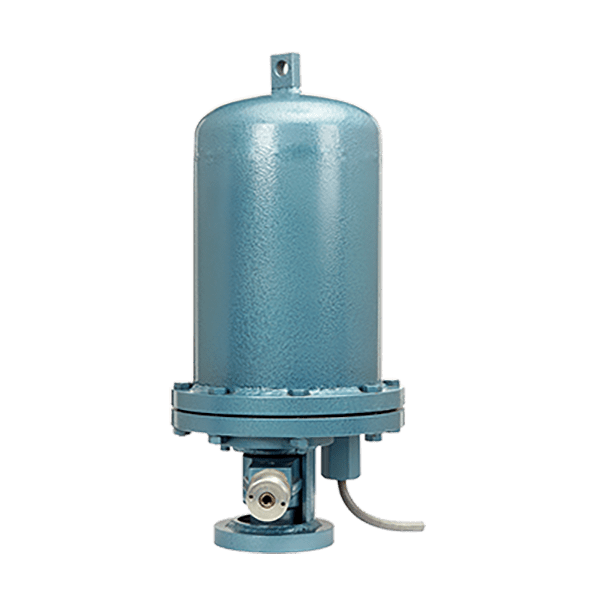In which system areas is IP 68 encapsulation recommended?
Not only when the drive is supposed to work in great water depths, but in all areas of the system that are permanently, occasionally or only rarely flooded. Hermetic encapsulation according to IP 68 can also be recommended for installations above canals, water basins or other areas where heavy evaporation is to be expected, as well as in areas where strong temperature fluctuations can lead to condensation forming in housings. Even if the atmosphere surrounding the drive is very corrosive (chemical gases, etc.), IP 68 encapsulation is advisable.
What should we make of information from other manufacturers who mention a time for IP 68 protection in their advertising or documentation, e.g. IP 68 (1 h) or similar, or a low immersion depth (e.g. 1 m)?
The manufacturer guarantees hermetic encapsulation against the ingress of water or other liquids only for a certain time or a specified immersion depth. We don't believe in such information at all. The user usually cannot reliably predict times or immersion depths. With regard to its information, the manufacturer works with hope values or with empirical values for which the test parameters are not practical.
Isn't IP 68 encapsulation excessive for installations above canals, water basins or other areas where more or less strong evaporation is to be expected?
No, because these outdoor applications in particular can lead to mysterious signs of corrosion in valve drives. The housing is intact, the drive is completely corroded inside. The search for reasons for the corrosion, the correspondence with the drive supplier, the replacement of the drives and the constant uncertainty as to when the next corrosion damage can be expected result in much higher costs than the one-off surcharge for an IP 68 housing.
Is IP 68 encapsulation not exaggerated in areas where strong temperature fluctuations can lead to condensation forming in housings. Isn't a heater like other manufacturers offering sufficient?
TA-Roloff also offers heating elements. Often these elements will be enough to prevent water from accumulating in the drive. However, if other factors are added, such as overhead installation, it becomes difficult to guarantee long-term operational safety. Heat rises and water collects at the bottom of the housing and is difficult to dissolve with a heater.
IP 68 and explosion protection, how is this compatible and what areas of application are there for it?
Explosion protection and protection class IP 68 pursue different goals in their implementation. With hermetic encapsulation according to IP 68, no substances should penetrate. The aim of explosion protection is to prevent the surrounding atmosphere from being ignited by sparks from inside the drive, for example. TA Roloff can combine both types of protection. If flammable gases can rise from the liquids that occasionally flood the drive, the planner should combine both types of protection.
What should we make of claims that electric drives are technically impermissible in underwater areas?
These claims are untrue, but are persistently maintained by those strategists who want to sell hydraulic drive technology for valves.
